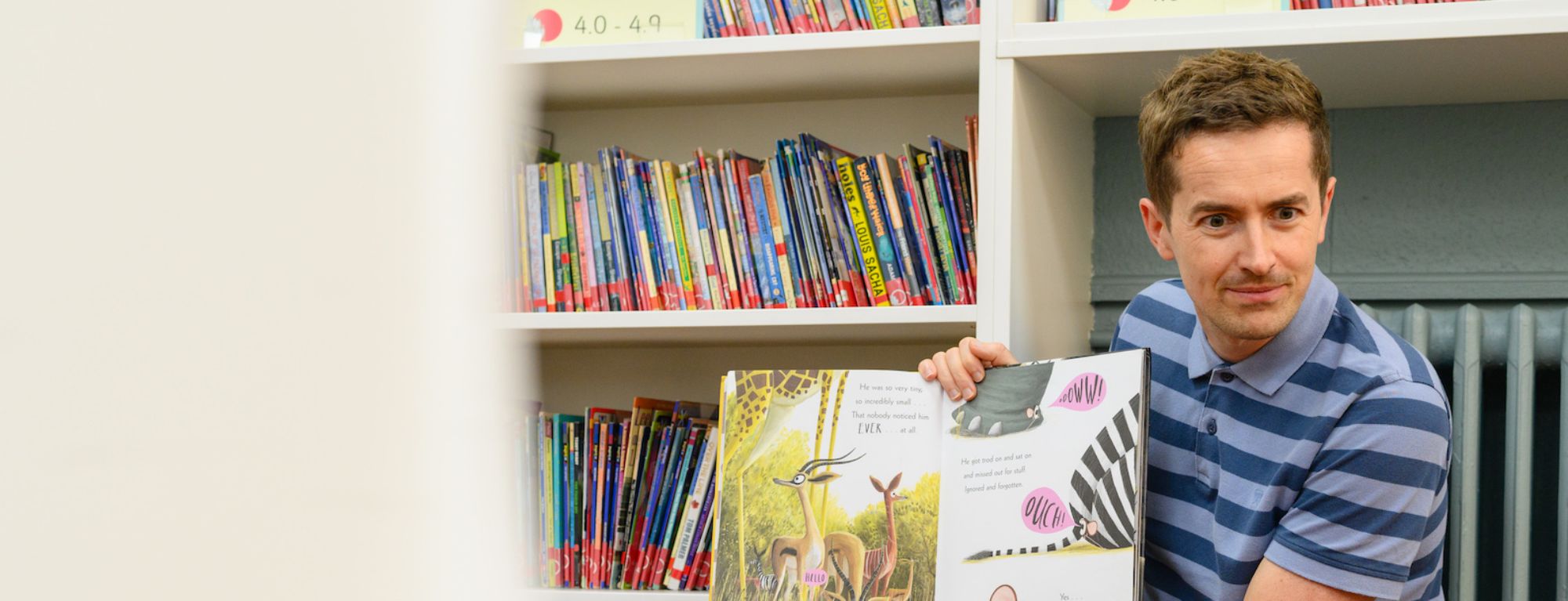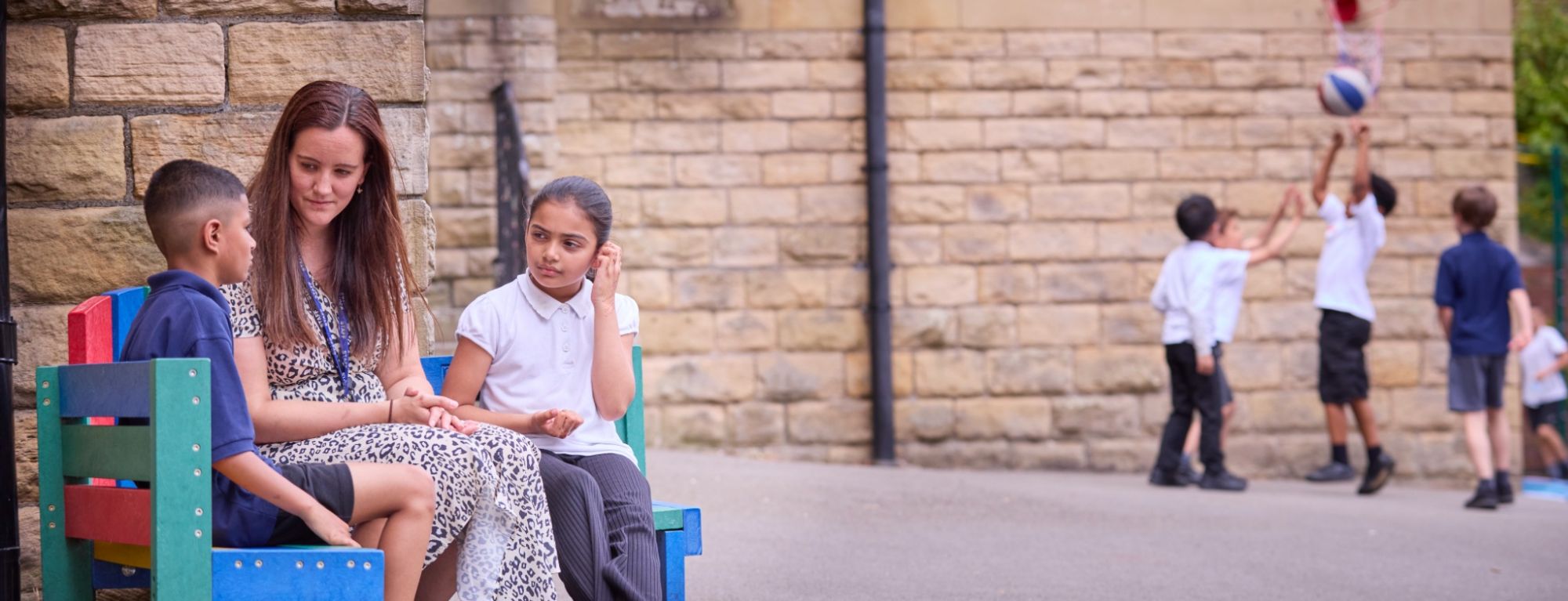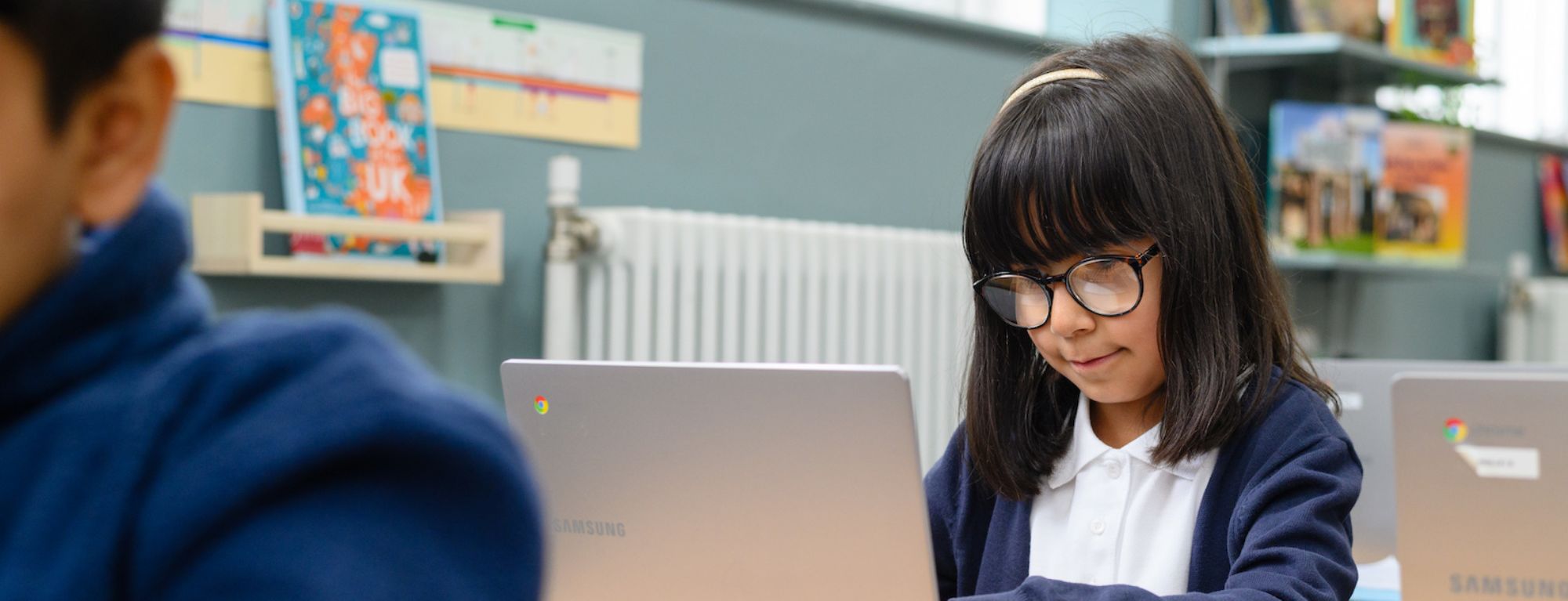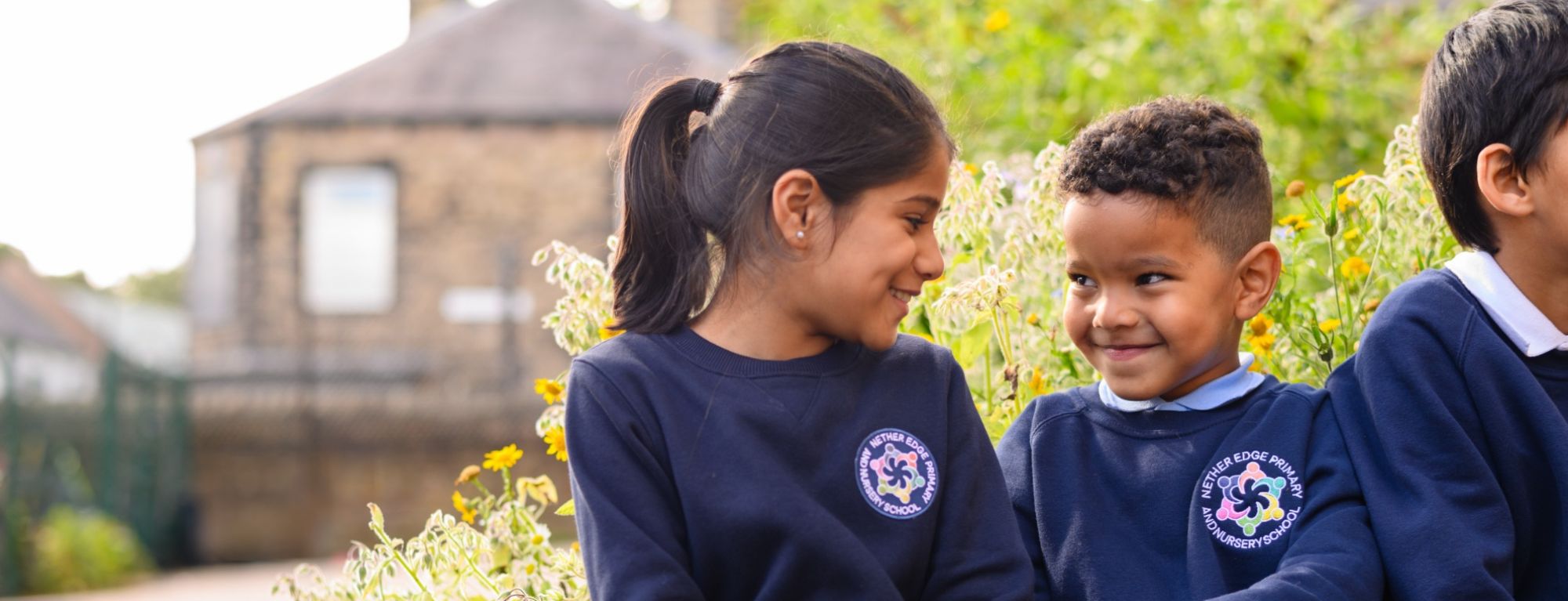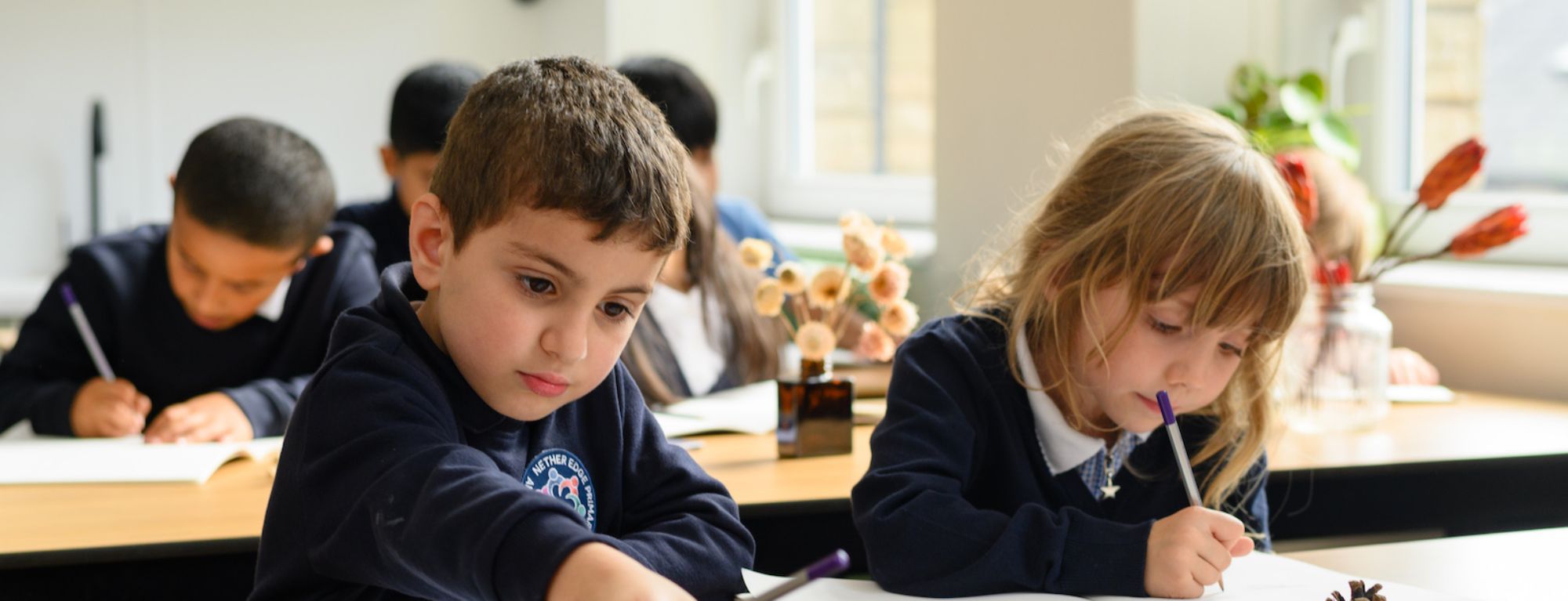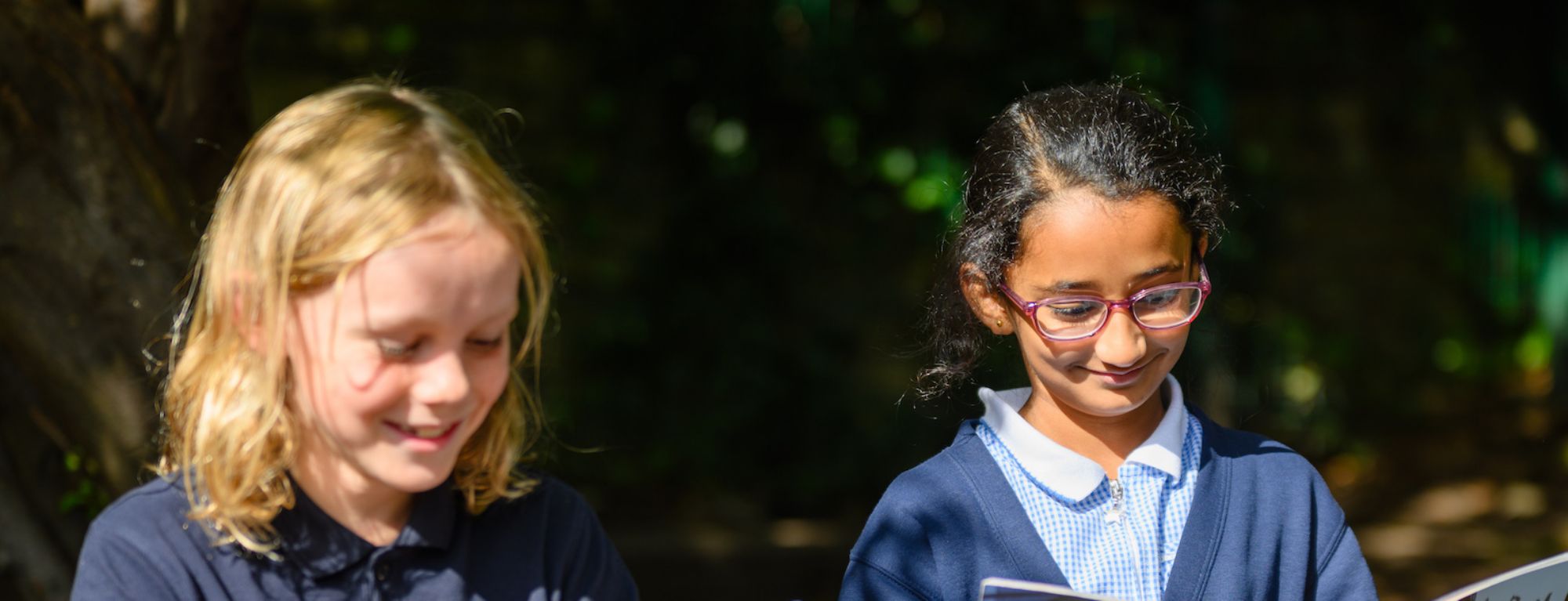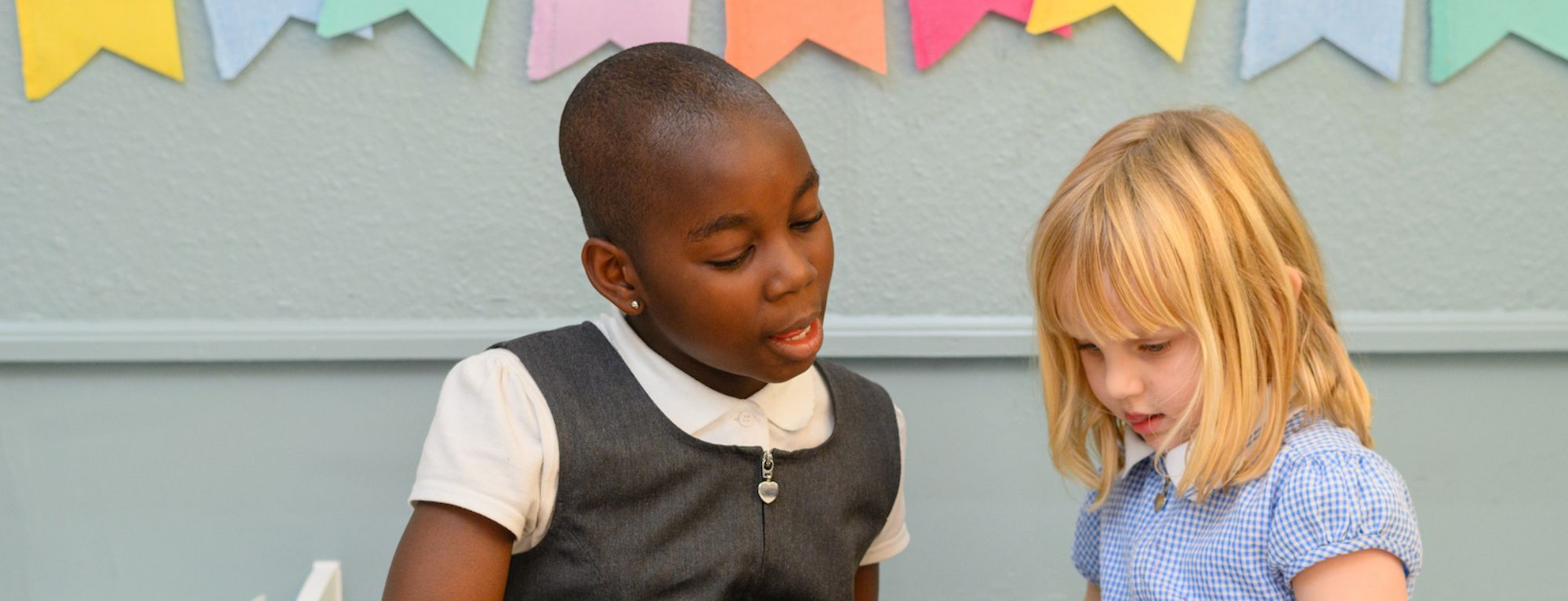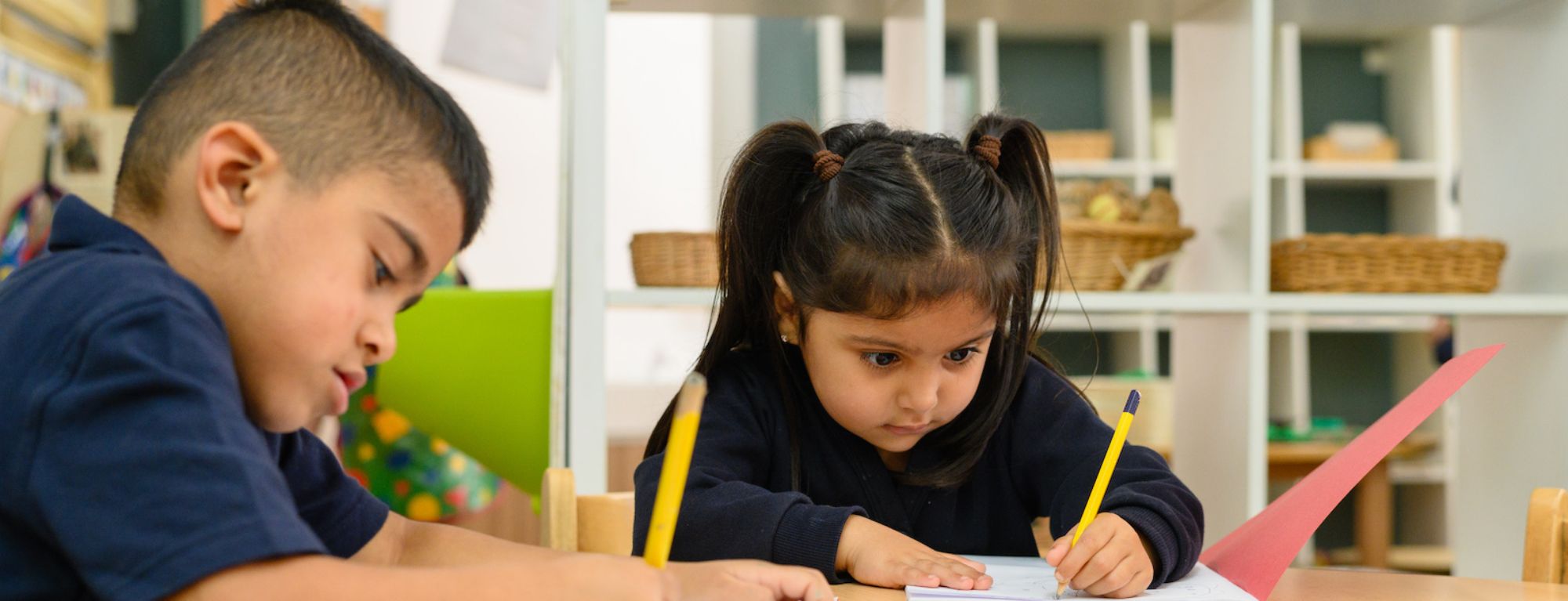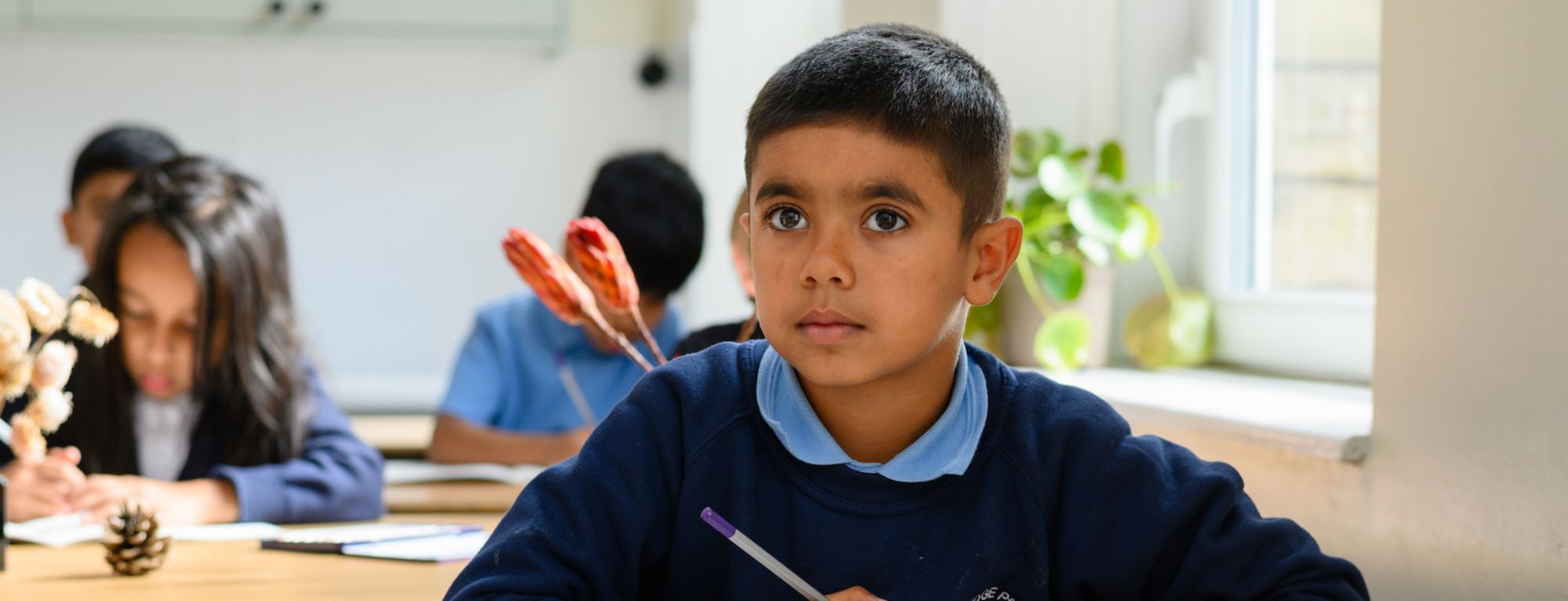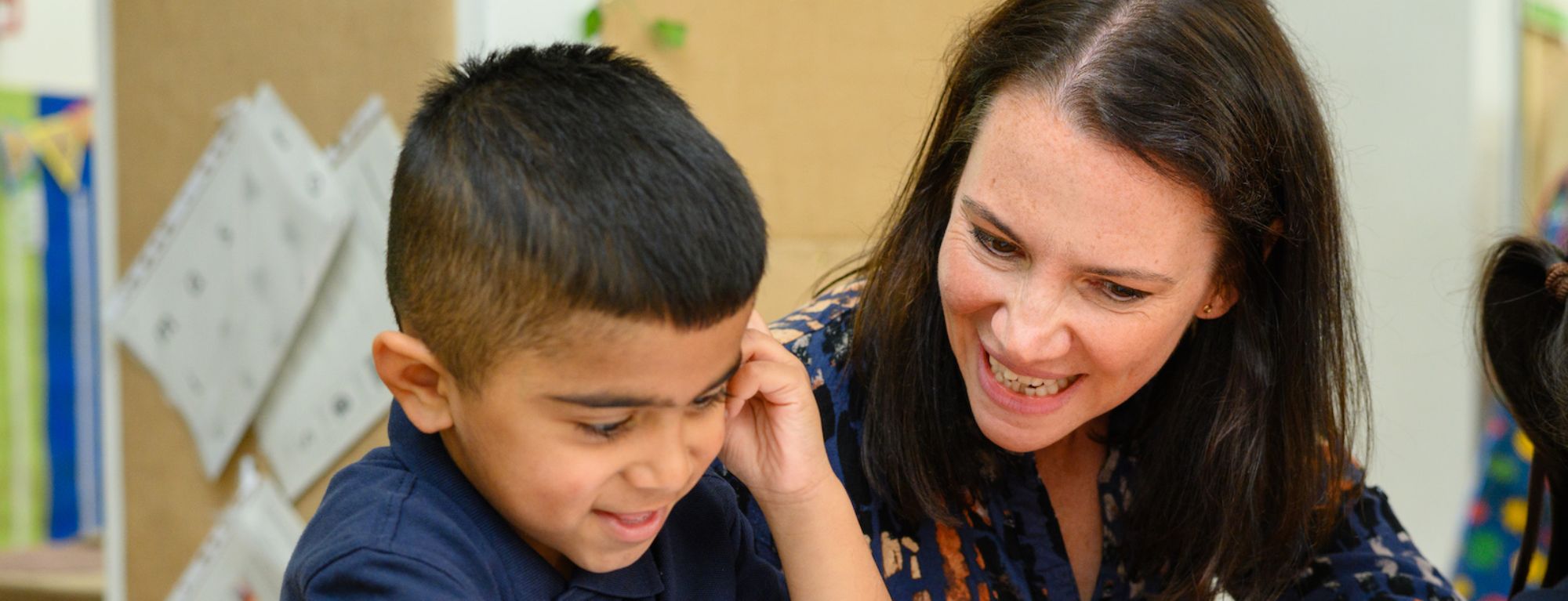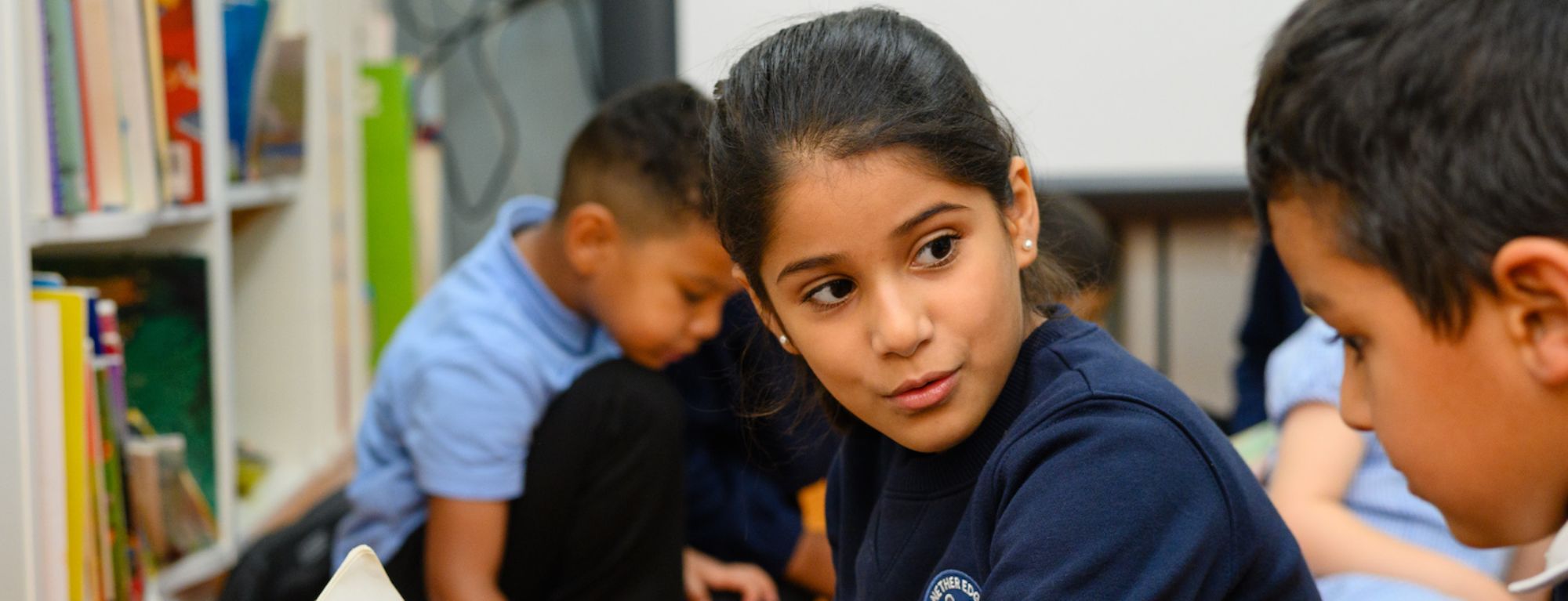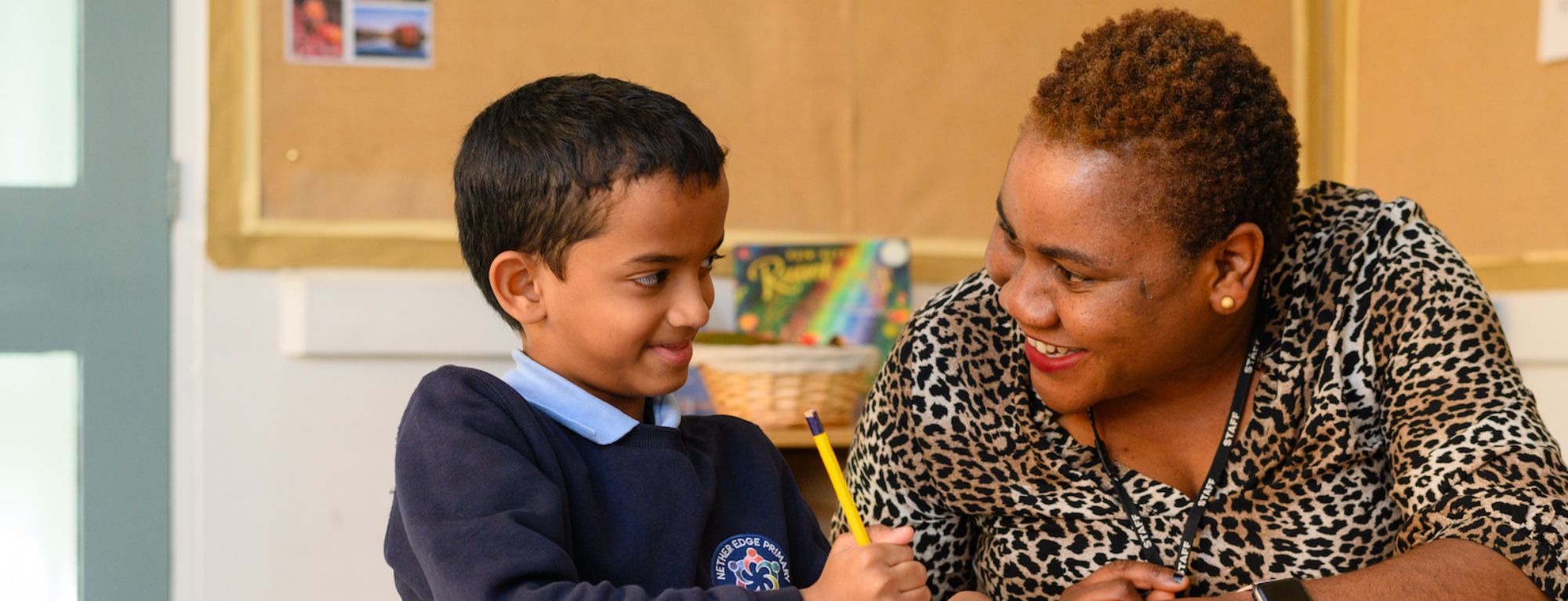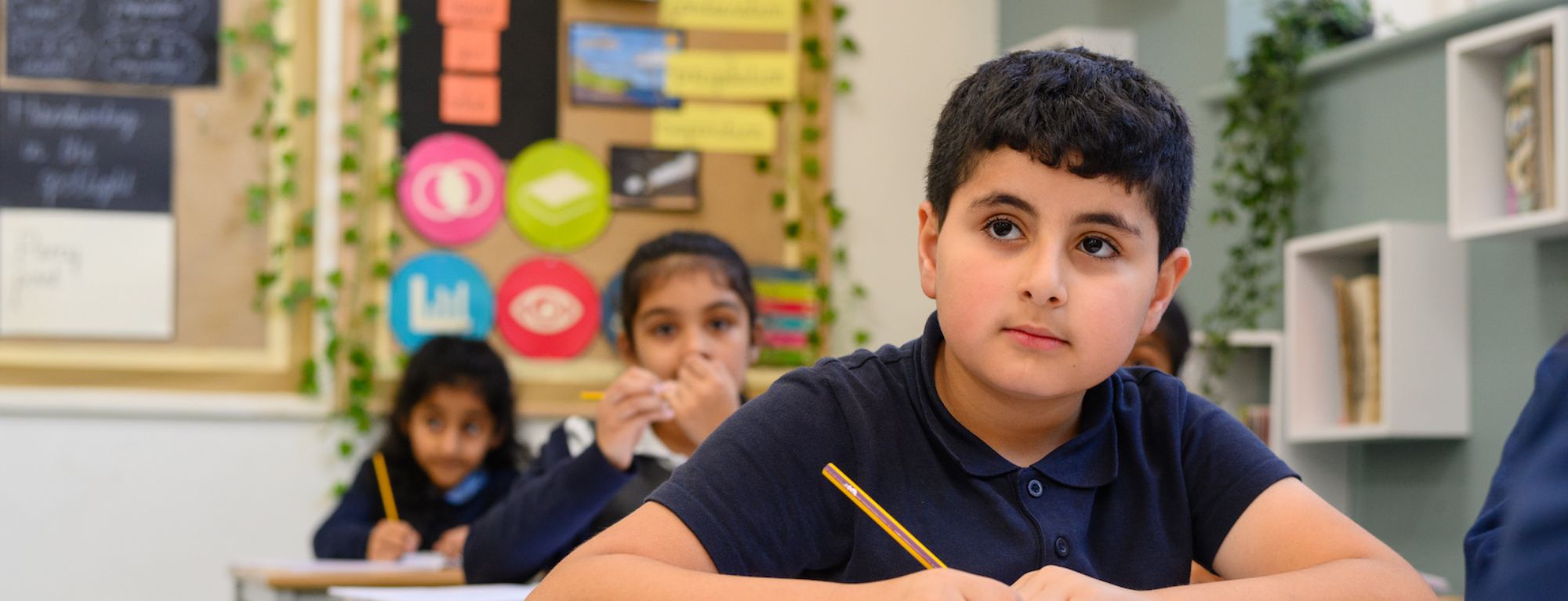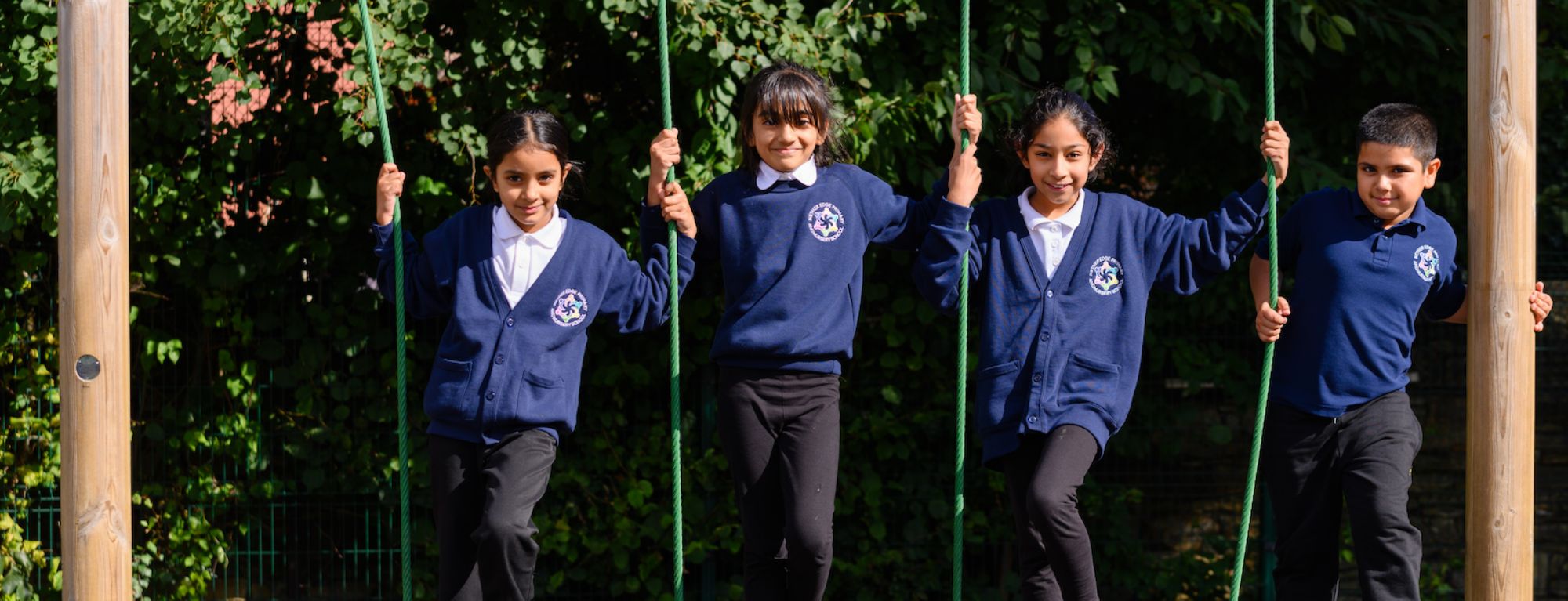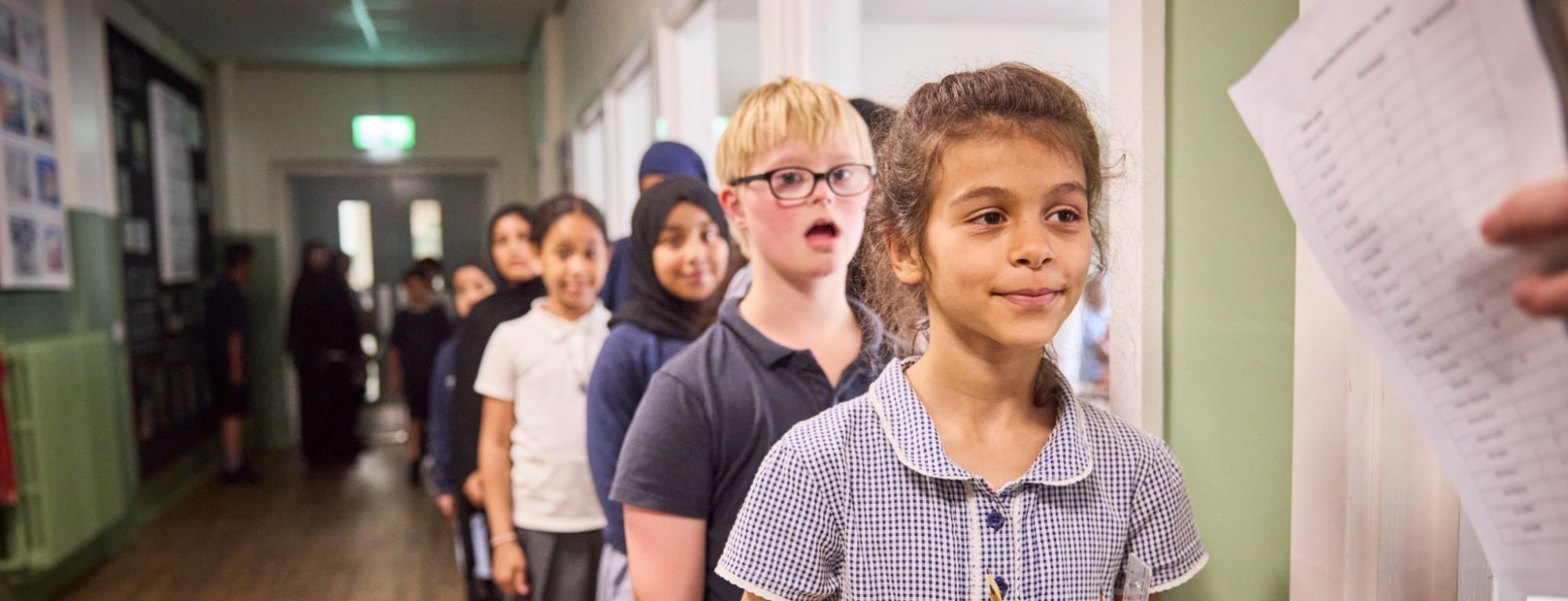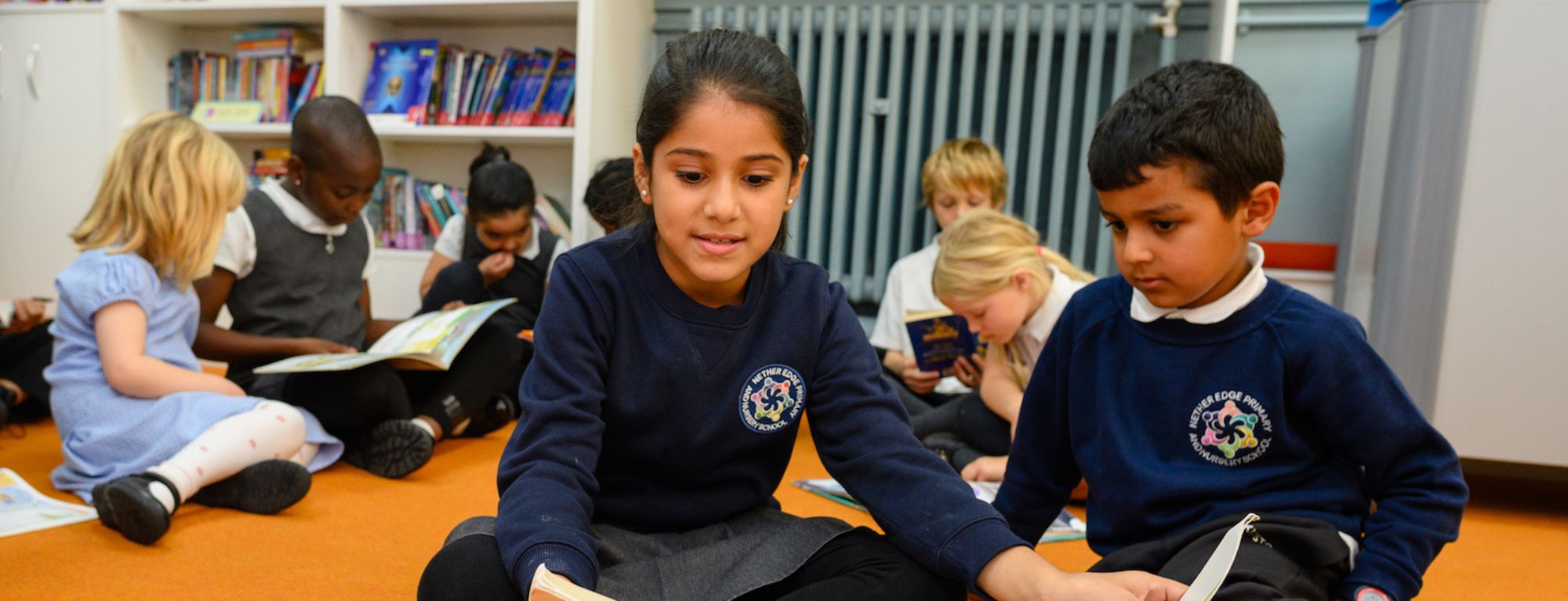Geography
Our geography curriculum meets the requirements set out in the National Curriculum (2014) and reflects the context of our school. The Nether Edge geography curriculum builds the essential geographical knowledge and skills children will need now and in their future. Through a carefully sequenced progression of learning, children’s geographical knowledge is built on and remembered over time. At the start of each lesson, our retrieval strategy, Remember More, is used to embed learning, revisit key concepts and knowledge and respond to any misconceptions.
Geography is taught in two of the four cycles across the academic year. The content and knowledge taught is mapped out to show progression between each cycle and then each year group as children move through the school. The key learning is identified for each cycle, developed into a coherent sequence of questions that focus each lesson on what children should be able to understand and answer confidently by the end of the cycle. In cycles 2 and 4, geography is the main curriculum driver. In KS2, Reading Anthologies have been carefully planned to match the content for each year group. Anthologies provide a source of geographical knowledge that allow for links between geography, reading and writing to be optimised. Anthologies also include clearly labelled maps that link to the focus of study so that they can be used as a learning resource in geography lessons.
The progression of geographical knowledge and skills results over time in children who are geographers with the ability to think critically, problem solve and understand how they can have a positive impact on the world. We ensure that careful attention is paid to regularly revisiting knowledge, key concepts and vocabulary so that the learning is embedded, consolidated and progress is maximised.
We know that children need to understand the world around them, their location, city, country and continent. Therefore, in Key Stage 1, children develop a strong understanding of the UK and the physical and human features associated with it. This expands to the wider world in Key Stage 2. In addition to key knowledge, geographical skills are planned and taught, for example, map reading. This means that children can make detailed comparisons, understand and use geographical sources and consider a range of impacts on our natural world.
We want:
- Reading supporting geographical understanding;
- Children who can articulate well through speaking;
- Children who aspire to understand and care about the world they live in;
- Geography curriculum teaching to alter children’s long term memory.

